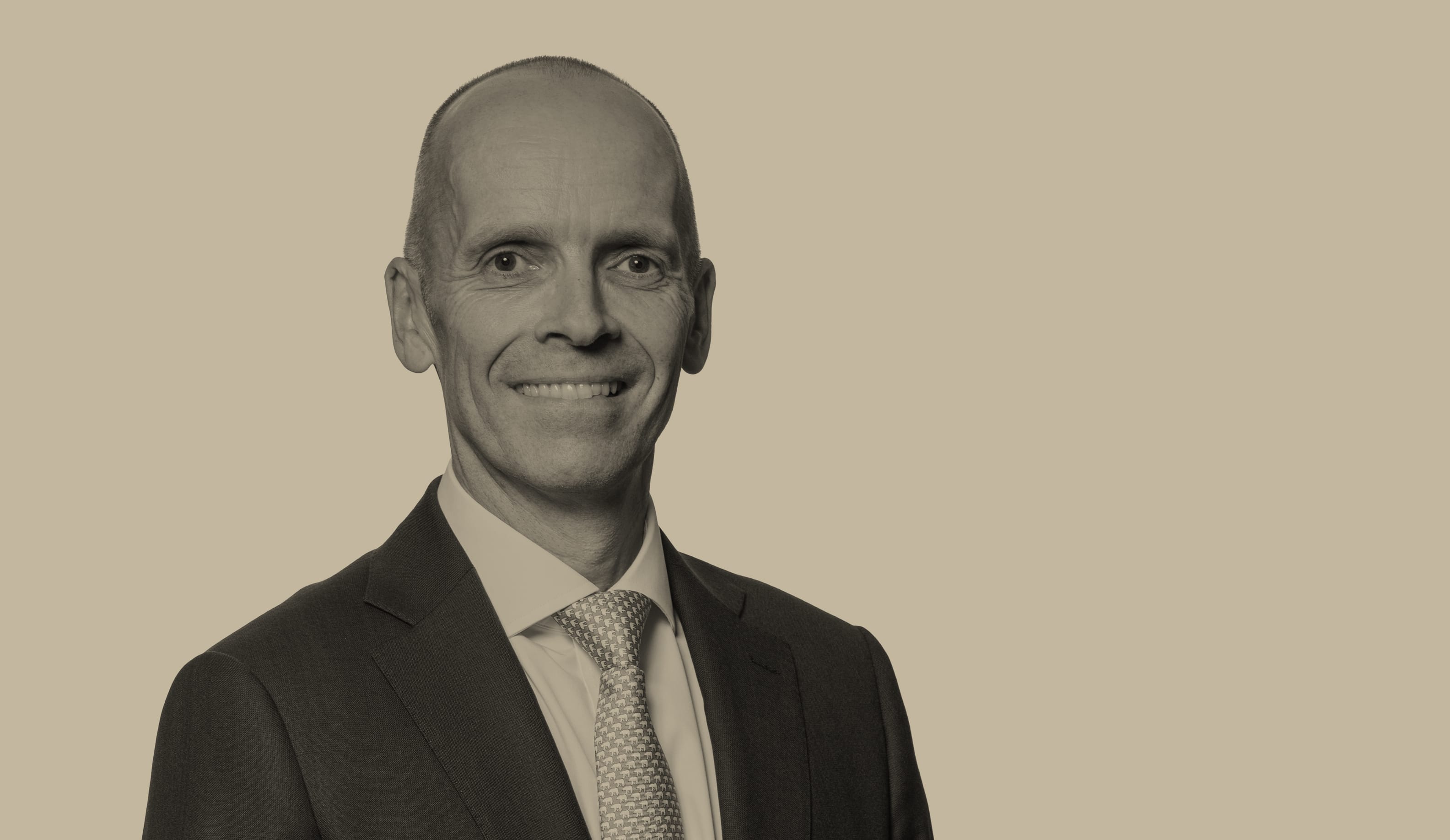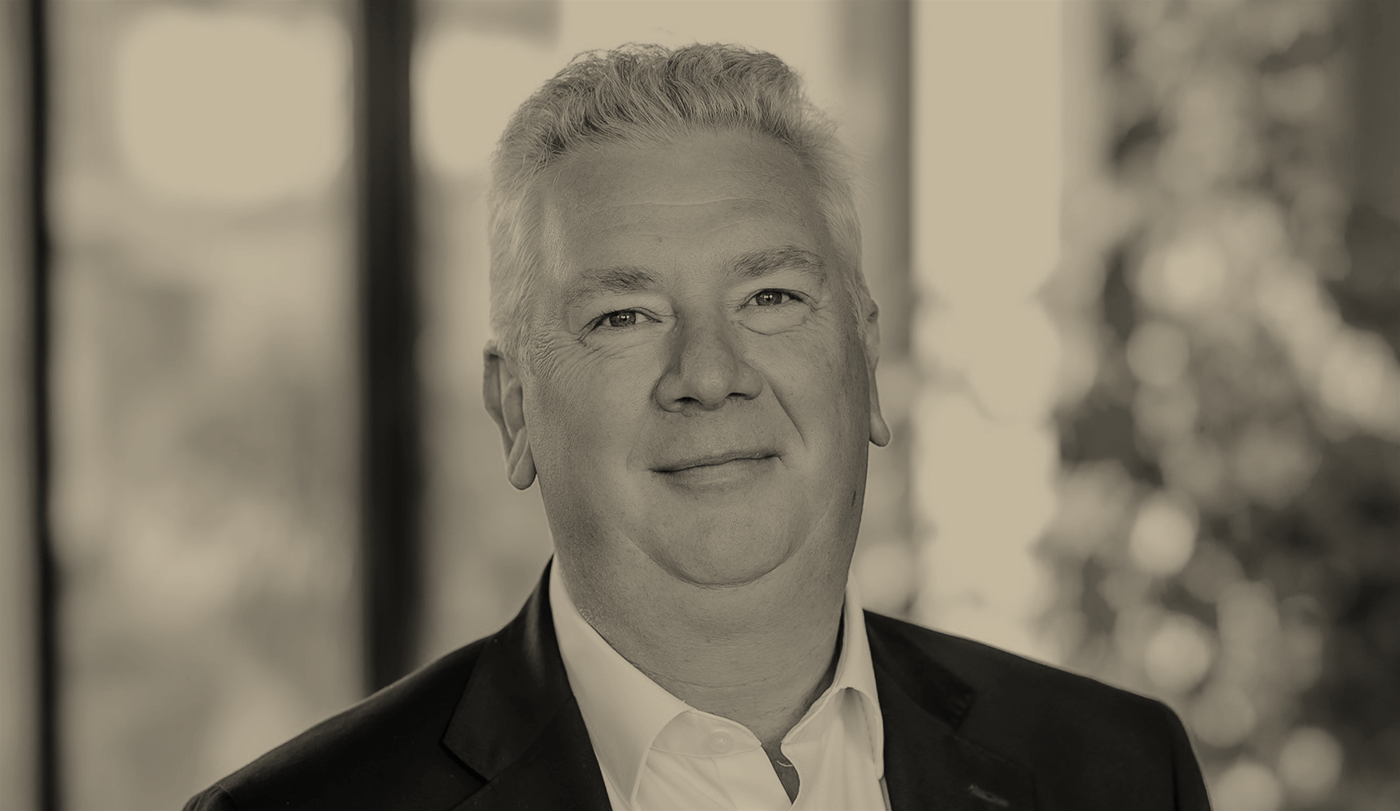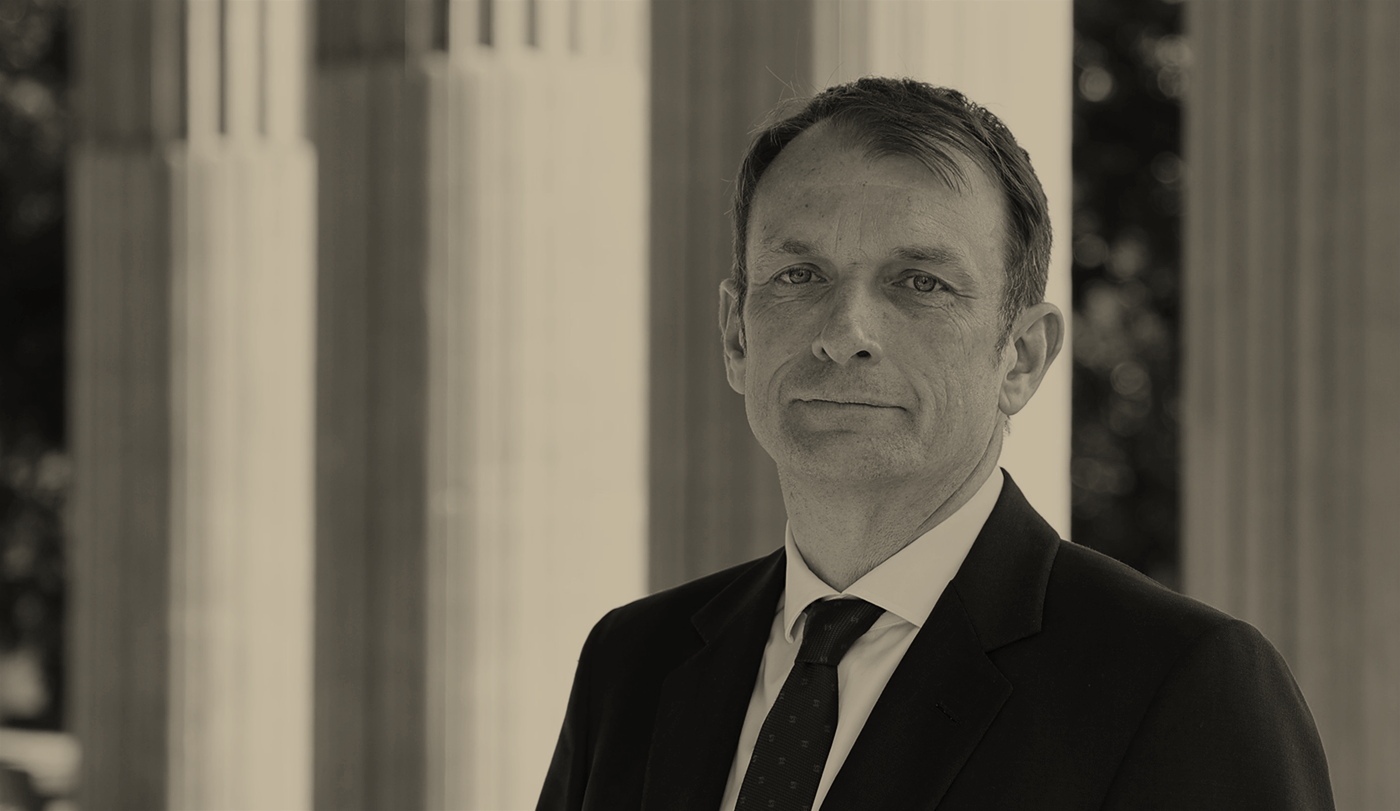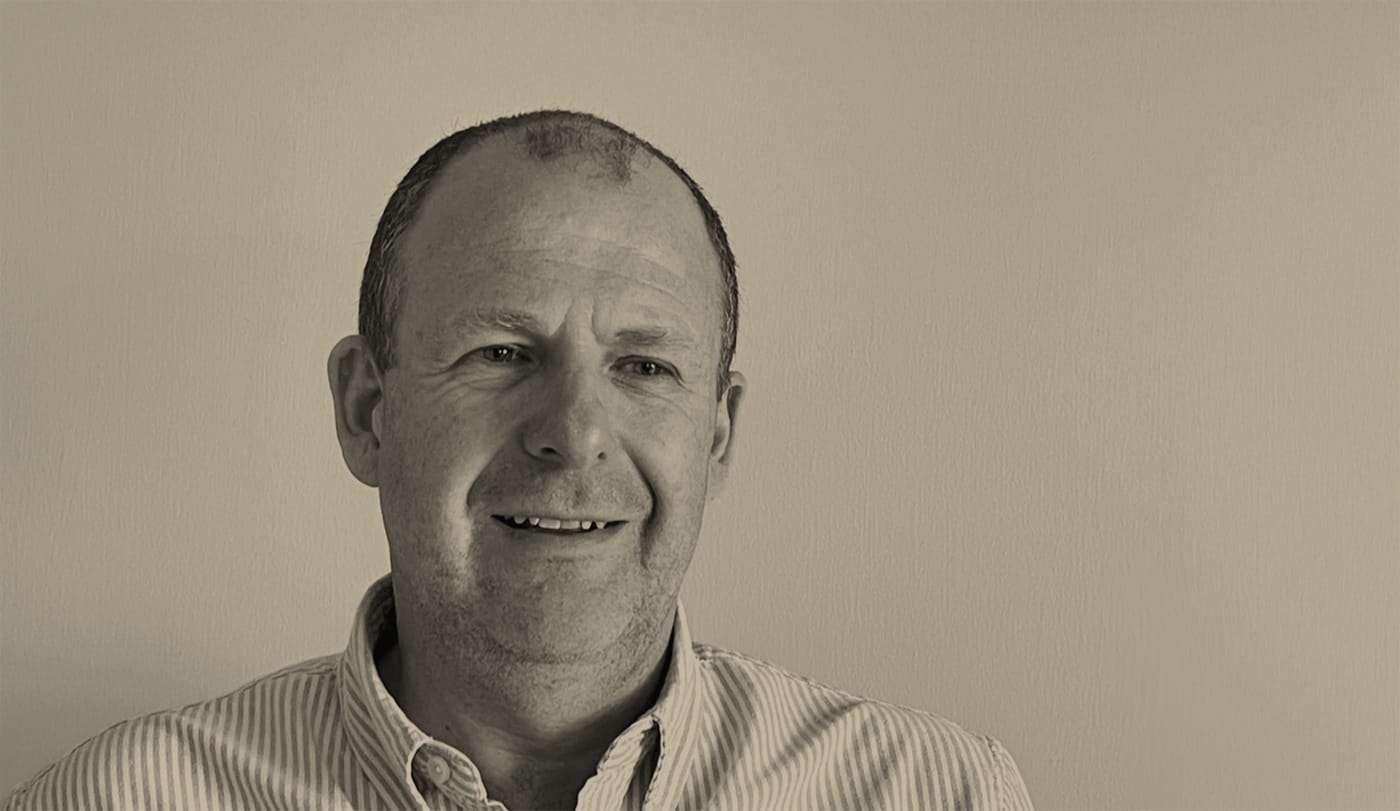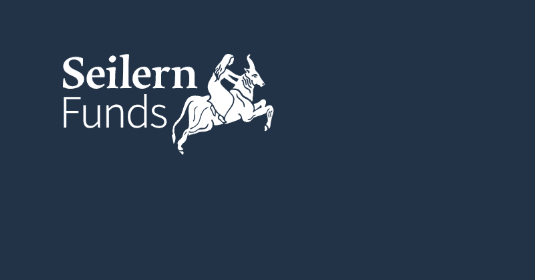Polar Capital’s global head of distribution Iain Evans discusses where the firm is anticipating demand from wealth managers, good client communications and gatecrashing a leopard’s breakfast while on safari
Where – and why – are you anticipating demand or fund flows from UK-based wealth managers and their clients over the next 12 months?
We expect to see significant interest and fund flows from them into areas linked to technological innovation – particularly artificial intelligence (AI). Investors are increasingly drawn to companies that are either direct beneficiaries of AI adoption or those enabling its development, such as semiconductor firms. Once again, there is likely to be a preference for US equities over European counterparts, following Donald Trump’s election victory and his anticipated pro-growth policies, including deregulation and tax cuts. This has also created heightened interest in sectors sensitive to interest rates, such as financials, as well as opportunities in healthcare where valuations appear attractive. Lastly, we hope for continued momentum in winning switch money into our emerging market funds.
How are you planning to address and serve that interest?
We are well-positioned to meet this demand, leveraging the expertise of our specialist investment teams in these key areas. For AI, in particular, we aim to emphasise the ‘beneficiary story’, showcasing tangible, real-world examples of how AI adoption is driving growth and innovation. By actively engaging with clients and sharing detailed insights, we can help them navigate these opportunities effectively.
“The happiest clients are those who are well-informed and understand the nuances of what we are trying to achieve with our investment strategies
Are you seeing a divergence in the demands of UK wealth managers versus, for example, their peers in Europe or on the institutional side in the UK?
Yes, we are seeing structural differences in demand. UK defined benefit pension schemes continue to reduce equity exposure due to their improved funding ratios, which marks a sustained trend. Meanwhile, Europe presents a more complex picture, as preferences and demands vary significantly across countries and client channels. Broad trends remain consistent, however – for example, growing consolidation in our industry, which has led to a preference for allocators to work with a smaller number of trusted partners. Across the piece, 2024 was characterised by a preference for fixed income and cash investments over equities and other risk assets.
As a business, how do you define ‘alternative’ and ‘private’ assets, and to what extent should asset managers be looking to service investor demand here?
We define alternative assets as all investments outside public equity or fixed income, which would include hedge funds, absolute return strategies and private assets. Within private assets, you have private equity (including venture capital), private credit, infrastructure and real estate. Specialist asset managers should look to cater to demand in these areas, particularly as it continues to grow. The real challenge, however, lies in structuring these assets to meet the needs of wealth manager clients, such as creating innovative vehicles like long-term asset funds or ‘LTAFs’ that can provide access to illiquid assets within more liquid frameworks.
‘ESG is dead – long live ESG 2.0’ – your thoughts as a distributor, please?
We strongly disagree with the notion that ESG is dead. Assessing material environmental, social and governance factors has always been – and will remain – a cornerstone of responsible investing. Over the past five years, the definitions and boundaries of ESG-related approaches have evolved significantly, blurring lines between ESG, sustainable, responsible and impact investing. What matters most is clarity – ensuring we clearly articulate the specific ESG approach we are offering to investors and how it aligns with their values and objectives.
What drives your approach to client communication? And is there a case for focusing on attracting the ‘right’ type of client?
Our approach to client communication is centred on education and transparency. The happiest clients are those who are well-informed and understand the nuances of what we are trying to achieve with our investment strategies and how they are likely to perform in various market environments. As an investment-led firm, we prioritise keeping our clients informed – not just about their investments but also about broader developments that could impact their portfolios. This commitment to communication, we believe, is integral to building long-term relationships.
Outside work, what is the strangest thing you have ever seen or done?
One of the strangest and most memorable moments happened on a safari trip with my family. Picture this: dawn on a Sunday morning, sitting in the back of a jeep with a cup of coffee, we watched as a leopard, perched in a tree, methodically stripped the fur off a young impala like it was unwrapping a sandwich, before devouring it. All this unfolded while we were surrounded by giraffes, who I can only describe as ‘judgmentally curious’. It was equal parts National Geographic and awkward dinner party vibes. I couldn’t decide whether to marvel at the leopard’s balance and precision, feel bad for the impala or apologise to the giraffes for intruding on their morning drama.
May we have two book recommendations, please – ideally, one with an investment connection?
Character Limit: How Elon Musk Destroyed Twitter by Kate Conger and Ryan Mac; and Cycling Home From Siberia by Rob Lilwall.
Lastly, gazing into your crystal ball, what does the asset management sector look like 10 years from now?
The asset management industry is very likely to consolidate further over the next decade. This shift underscores the importance of differentiation. I believe firms will need to adopt one of three strategies: scale up (to manage assets exceeding £1trn); specialise in niche offerings; or risk being left behind. Successfully navigating this environment will require both strategic vision and an unwavering focus on delivering value to clients.


